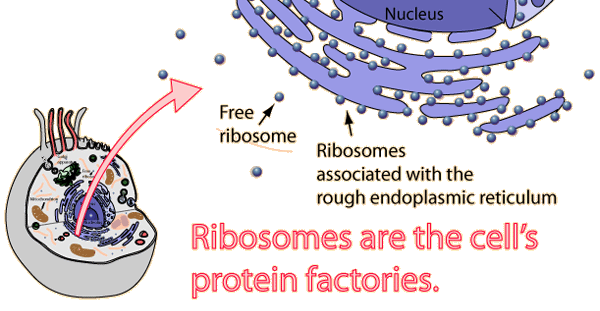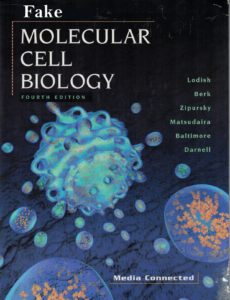Questions That Need to be Asked and Answered
Questions That Need to be Asked and Answered
Thinking Out Loud
The idea behind this post is to an ongoing list of questions that I (and others that hopefully join the blog) maintain that we’d like to have authoritative answers to. It is hard to find answers to many questions for a number of reasons. For me, this mostly is to fill gaps of knowledge about biology, and what is understood and not. Another reason is to gather information for “truth-testing.” Partly my interest in this field is to find truth where many practitioners have beliefs that are expounded as truth. This is particularly a problem for an outsider like me.
It is my general belief that there is much misunderstanding due to mixing micro and macro effects. A prime example of this is the “lake freezing over in summer” problem. An observation at the micro level does not extend to the macro world. At the micro world level, one cannot see or observe “wasted energy” – all you can see are molecules interacting with each other, photons emitting off of electrons when they change orbitals, etc.. At the micro level you do not see the loss of energy due to frictional heat, or something breaking, all you see are molecules moving faster. The second law is a macro world, not a micro world phenomenon. Theoretically, the second law makes it impossible for life to start from natural causes because it does not allow what I would call “specific order” or “specific (negative) entropy” increases. I understand this from a theoretical point of view, but not so well at the “what is happening from an interaction of matter and energy” point of view. My suspicion is that the problem stems from the micro/macro phenomenon.
I believe I understand the reason that machines make it possible to do things that natural causes cannot: machines can apply the right force, at the right place, time time, direction, profile, etc., etc., where natural causes are limited to work the drives matter/energy to higher entropy (disorder, equilibrium), so it cannot produce the order needed for life. But life is at a micro level. And what is secret sauce that makes it possible for us to design machines that can do what nature cannot?
One thing that instinctively drives my thinking – that life is a process of processes at many different levels, time, and purposes. I can’t get it out of my head that understanding how the cell accomplishes the life process control functions in the cell is the key to understanding life itself. Most of the questions I have about “what is needed to be learned” revolves understanding how DNA/RNA and proteins plus whatever else hasn’t been discovered yet, achieves the life as we know it.
General Topics About Beginning Life
- Is a seed alive when it is dormant? What I’ve read indicates it is alive, but at a low respiration rate. True. Is this true in all cases?
- Are there any instances where a cell goes from a “live state” to a “dead state” and then back to an “alive state”? [looking for initial conditions to start life]
- Can all molecules in life be synthesized in the lab? If so, what is involved?
- I think that from both a theoretical and logic point of view, that it is impossible for all of life’s molecules to be produced by natural causes, that is, without intelligent intervention. Are these reasons true?:
-
- The second law of thermodynamics reduces specificity, not increase it, and
- Because of the way chemical bonds are created by changes in mixtures and free energy limits possible bond combinations. This limitation results because of nature’s limitation of controlling the matter and energy on a bond by bond basis – the materials and free energy will be applied to all bonds of a molecule at the same time. This, in part, is just probably a physical description of why the second law exists – natural causes disperse matter and energy except for state changes which do not apply to life molecules.
DNA Manipulation
-
-
- What are to tools and capabilities to figure out what purpose of a particular segment of DNA is? This probably could/should be broken down into dozens of more specific questions – it probably involves a general education about what is known about DNA, how the molecular machines find start and end points of segments, etc., etc.. How can one learn about this?
- How has what is known about the functionality of DNA →RNA/protein combinations been obtained?
-
Stopping and Restarting Life
The fact that proteins have half lives would seem to be a reason that life cannot be stopped and then re-started. If life stopped, and a protein (or any other molecule) that is necessary for the production of proteins becomes dysfunctional because it has naturally dropped to a more stable equilibrium point, the life process could not be restarted.
This begs another question regarding how to stop life with the idea of being able to restart it. I suspect that there is no “ON-OFF” life switch, so the only way to stop it is to distroy or disable a function. Unless there was some way to reinstate this function, it would be impossible to restart life.
-


 “About 7 percent of the weight of living matter is composed of inorganic ions and small molecules such as nucleotides (the building blocks of DNA and RNA), amino acids (the building blocks of proteins), and sugars. All these small molecules can be chemically synthesized in the laboratory. The principal cellular macro-molecules – DNA, RNA and protein – comprise the remainder of living matter. Like the small molecules found in cells, these very large molecules follow the general rules of chemistry and can be chemically synthesized.” Then further down the paragraph, it says this:
“About 7 percent of the weight of living matter is composed of inorganic ions and small molecules such as nucleotides (the building blocks of DNA and RNA), amino acids (the building blocks of proteins), and sugars. All these small molecules can be chemically synthesized in the laboratory. The principal cellular macro-molecules – DNA, RNA and protein – comprise the remainder of living matter. Like the small molecules found in cells, these very large molecules follow the general rules of chemistry and can be chemically synthesized.” Then further down the paragraph, it says this: